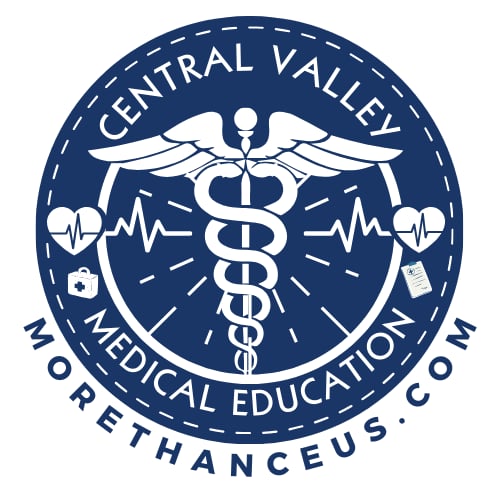Advanced Airway Management Techniques

About Course
Course Description:
This course focuses on advanced airway management techniques for critically ill patients, offering healthcare providers essential skills for managing difficult airways in emergency and intensive care settings. All students who finish the required videos, lessons, and final exam will receive 2.0 Continuing Education Units.
Course Objectives:
By the end of this course, participants will:
- Understand the anatomy and physiology of the airway.
- Be able to identify patients at risk for difficult airway situations.
- Learn advanced airway management techniques such as intubation, video laryngoscopy, and supraglottic airway devices.
- Apply appropriate airway management strategies in emergency and critical care settings.
- Recognize and manage complications associated with advanced airway interventions.
Course Content
Introduction to Airway Anatomy
-
Overview of the Airway Anatomy
-
Upper Airway Anatomy
-
Lower Airway Anatomy
02:50 -
Key Landmarks for Airway Management
-
Challenges in Airway Management
02:03 -
Module One: Understanding Respiratory Anatomy – Final Lesson
07:30
Risk Factors for Difficult Airways
Advanced Airway Techniques
Airway Management in Critical Situations
Complications and Troubleshooting
Course Exam
Student Ratings & Reviews

No Review Yet

